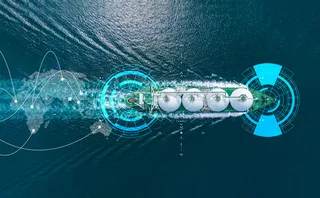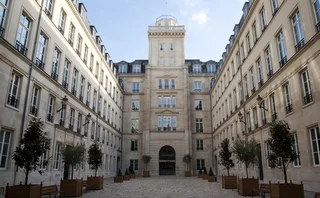Regulatory risk hits US emissions markets
Confidence in emissions trading in the US has been shaken by regulatory changes to the traded markets for sulphur dioxide (SO2) and nitrogen oxide (NOx).
The Clean Air Interstate Rule (CAIR), enforced by the US Environmental Protection Agency (EPA) since 2005, requires reductions in emissions of NOx and SO2 from large fossil fuel-fired electric generating units. The rule is set up in several phases, with the first phase of NOx reductions in 2009 and the first phase of SO2 reductions in 2010.
The
More on Regulation
Traders prepare for EU energy rules despite political risk
Exporter pressure on LNG supplies is threatening Europe’s regulatory push, leaving markets uncertain
Esma sounds out industry for ways to cut reporting burden
Markets watchdog asks consultative groups for ideas to simplify reporting rules
Why EU banks have snubbed revised green finance metric
Banks steer clear of Banking Book Taxonomy Alignment Ratio in droves
Ruled out: can regulators settle the pre-hedging debate?
Market participants are at odds over the practice and whether regulation or principles can settle the score
First green asset ratios come in low as EU banks protest methodology
ABN Amro only bank to break double digits in a sample of 23 lenders
Commodities surge presents UMR test for Asia’s sell side
Increased interest in commodity exotics comes amid scrutiny of margin calculation models
Some see Esma reining in position limits after review
The scope of position limits could shrink to cover just the major benchmarks, one executive argues
Burden of implementing US sanctions now firmly on energy firms
Energy firms must now screen operations of every vessel they deal with, writes maritime data expert







